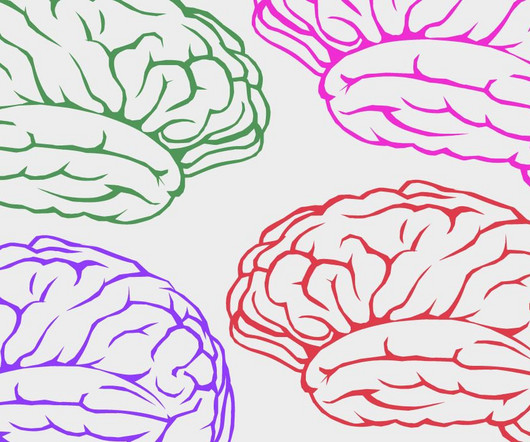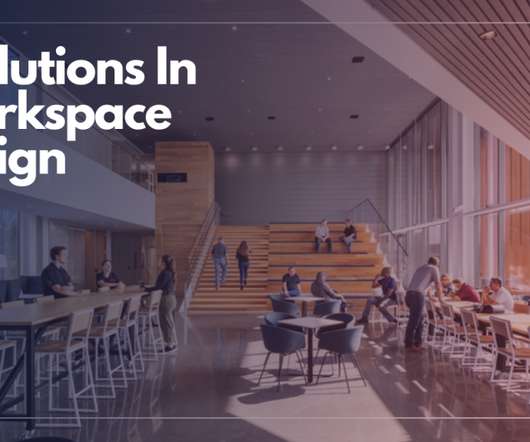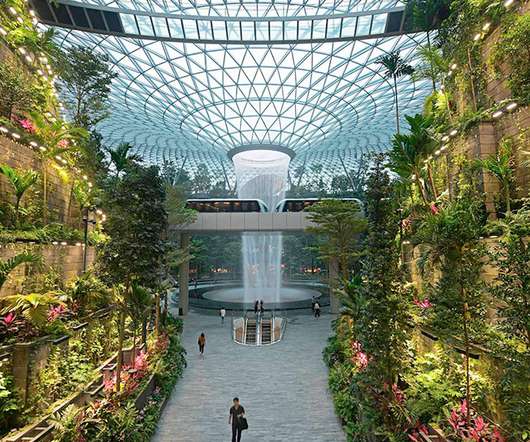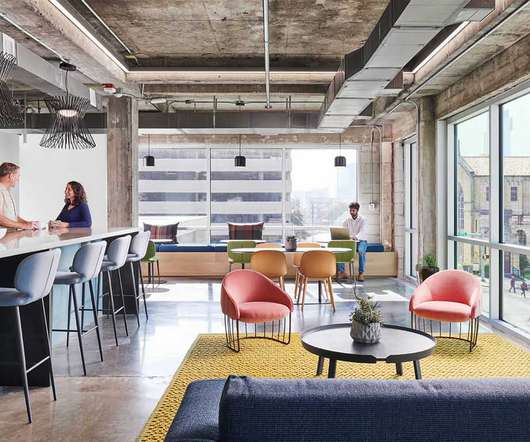7 Office Design Strategies To Support Neurodiversity In A Post-Pandemic World
All Work
FEBRUARY 7, 2024
Design elements such as biophilic features, minimalist aesthetics, adjustable lighting and sound, and flexible furniture choices are vital in creating spaces that allow neurodivergent employees to control their sensory experience and empower them to work effectively. Example of an open space. Image courtesy of Elsy Studios.












Let's personalize your content